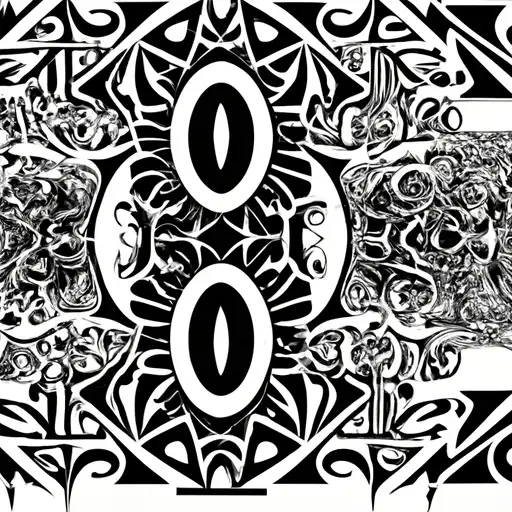
Polynesian Tattoos Origins and Significance
Understanding Polynesian Tattoos: Origins and Significance
Polynesian culture is rich in ancient lore, traditions, and art. One such art form that has gained worldwide recognition is Polynesian tattoos, an intrinsic part of cultural expression in the Polynesian islands. These tattoos are more than just body art; they’re a medium to narrate stories, reflect personality, and demonstrate social status. Let’s dive deeper into the fascinating world of these traditional tattoos, originating from our beautiful islands of Tahiti.
Exploring the Roots: Origins of Polynesian Tattoos
Polynesian tattoos, locally known as “tatau”, are believed to date back over 2000 years, making them one of the oldest tattooing cultures globally. Each Polynesian island has unique tattooing traditions that have evolved over centuries. For instance, in Tahiti, tattooing almost went into oblivion during the 19th century due to European influence before experiencing a cultural revival in recent years.
The Tahitian term “tatau” is considered to be the root for the word ’tattoo’ that we use in English. The social anthropologists say that the first explorers who came to the Polynesian islands were fascinated by the intricate, symmetrical designs and shared this traditional body art with the rest of the world.
More than just Body Art: Significance of Polynesian Tattoos
Tattoos in Polynesian society are replete with symbolism and significance. For them, a tattoo is not just a decorative addition, but a symbol of identity, power, and social standing. Every pattern, every line holds a unique meaning.
-
Identity - Polynesian tattoos often incorporate elements of the wearer’s personal and familial identity. They can depict one’s lineage, marital status, profession, or place of birth.
-
Protection and Guidance - Many Polynesian designs are based on natural elements like the sun, the sea, and local fauna that are often considered protective symbols.
-
Marks of Bravery - Some tattoo designs were reserved for warriors as marks of their bravery in battles.
-
Social Status - Specific patterns were indicative of the wearer’s social status. For instance, particular designs were exclusive to tribal leaders or high priests.
Polynesian Tattoo Designs and Meanings
The tradition of tattooing varies across the different Polynesian islands; however, certain design elements are shared and recognized region-wide. Common design motifs include the turtle (symbolizing longevity), shark teeth (symbolizing protection), the Tiki (symbolizing semi-gods), and the Marquesan Cross (symbolizing balance between elements and harmony).
Understanding Polynesian tattoos require deep knowledge of Polynesian culture and folklore. Every tattoo is a unique composition telling a complex tale of heritage, status, bravery, and personal spirit.
Let your visit to Tahiti be not merely a beachside vacation but an exploration of this richly symbolic and deeply intimate art form. Like the infinite patterns in a Polynesian tattoo, Tahiti and her sister islands offer countless tales woven into every strand of the culture – tales waiting to be discovered and cherished.
Polynesian tattoos are a living tradition, a vibrant thread that connects the Tahitians of today with their ancient heritage, continuing to evolve yet deeply rooted in their shared ancestors’ strength, courage, and wisdom. They are a profound reminder of our culture’s resilience and power, widely admired and adopted but most purely preserved in the heart of Polynesia - Tahiti.